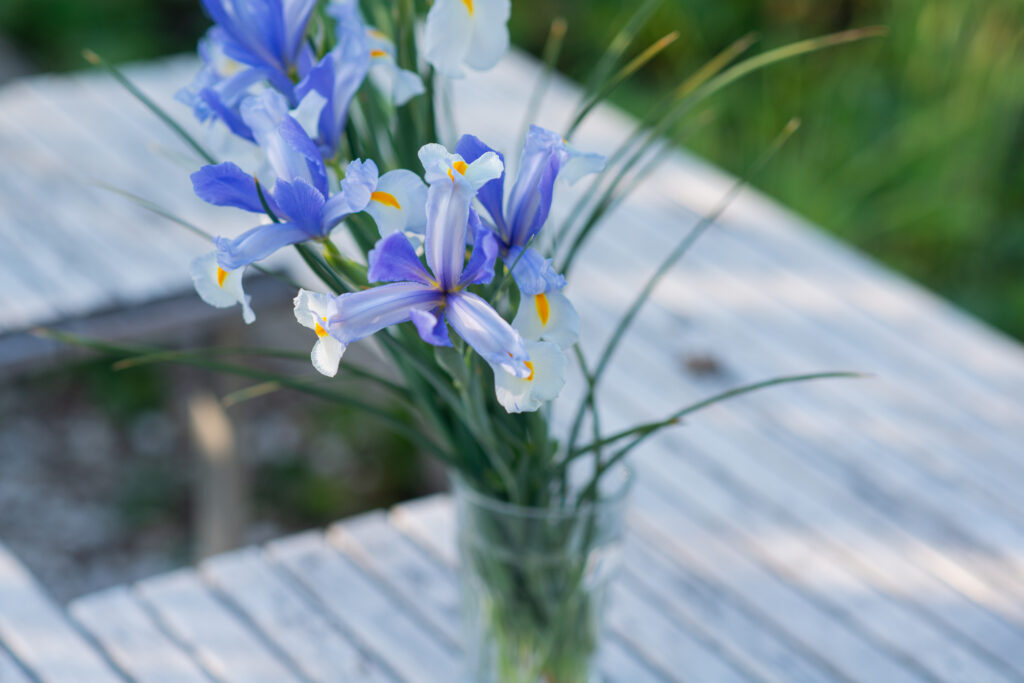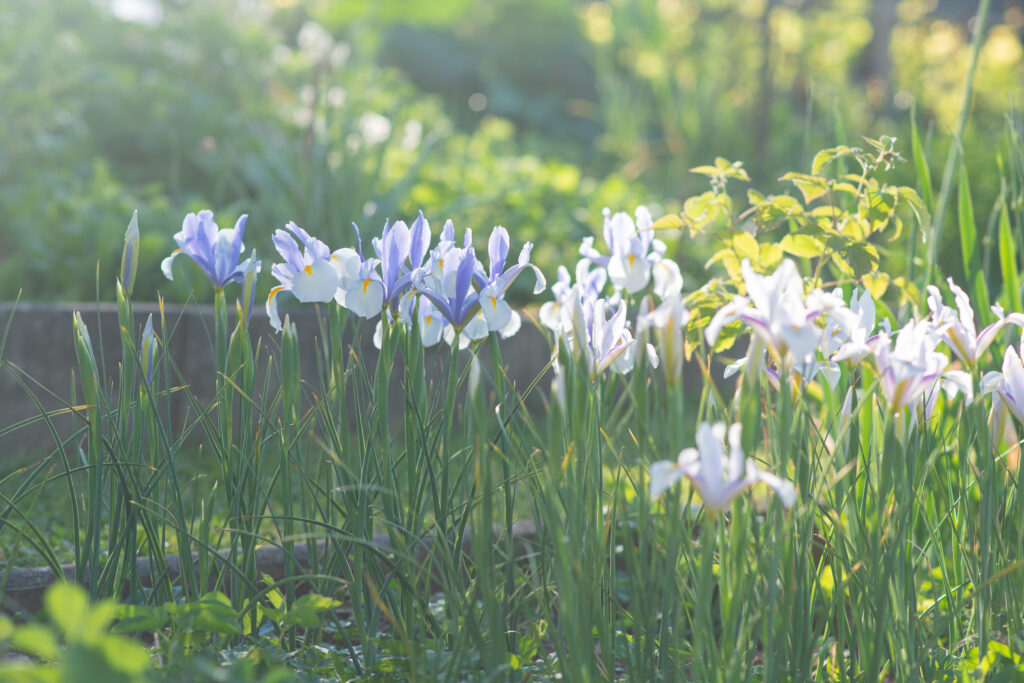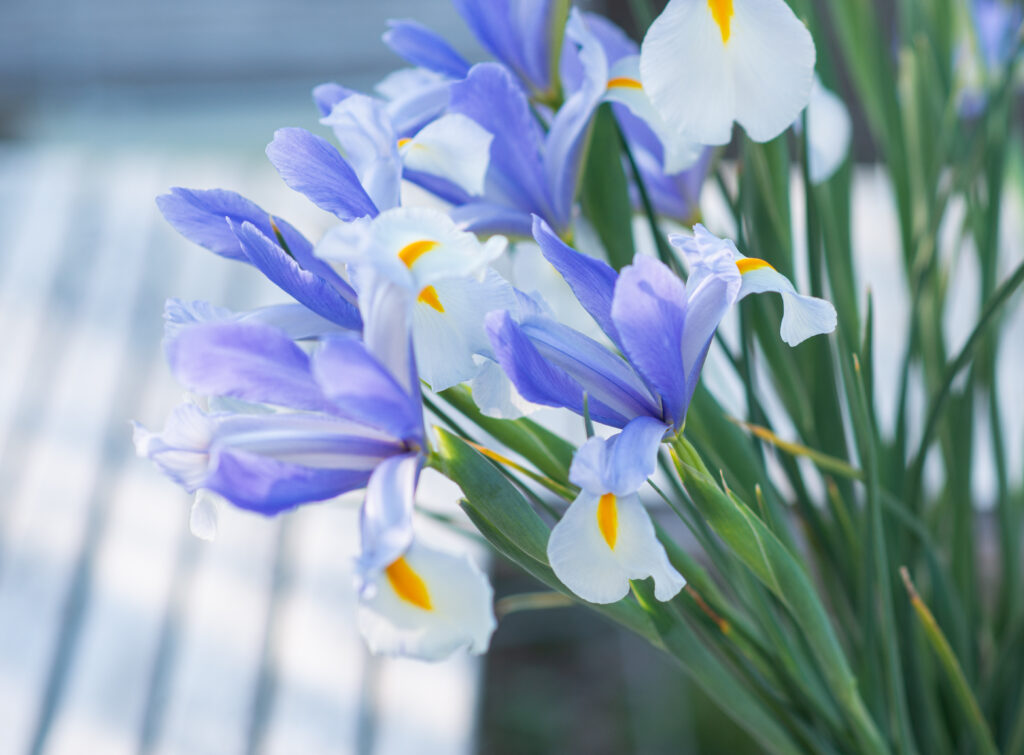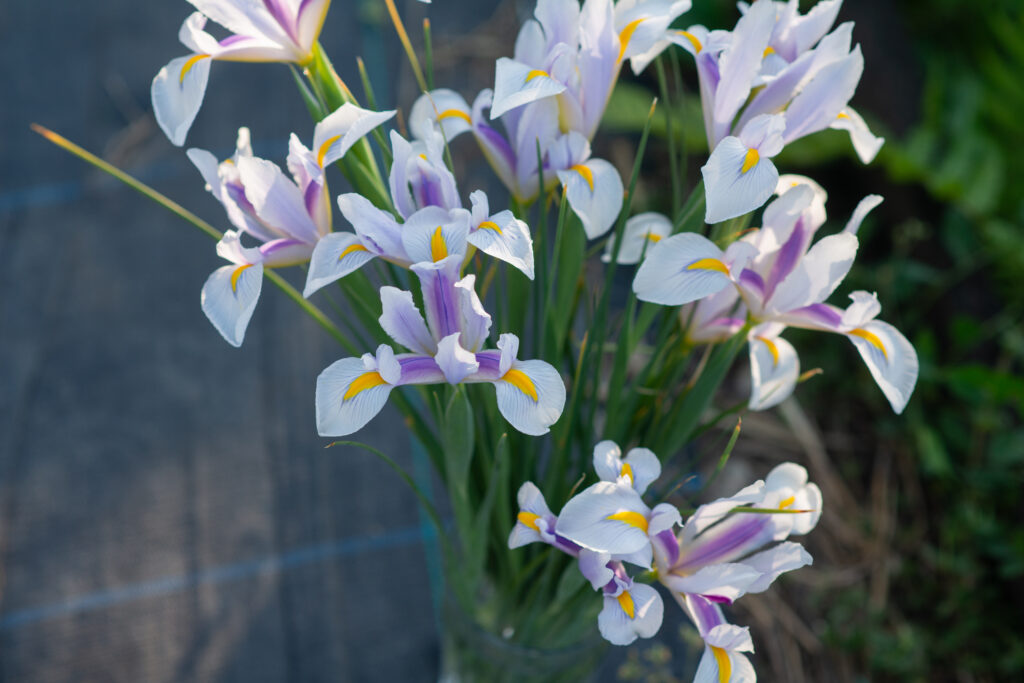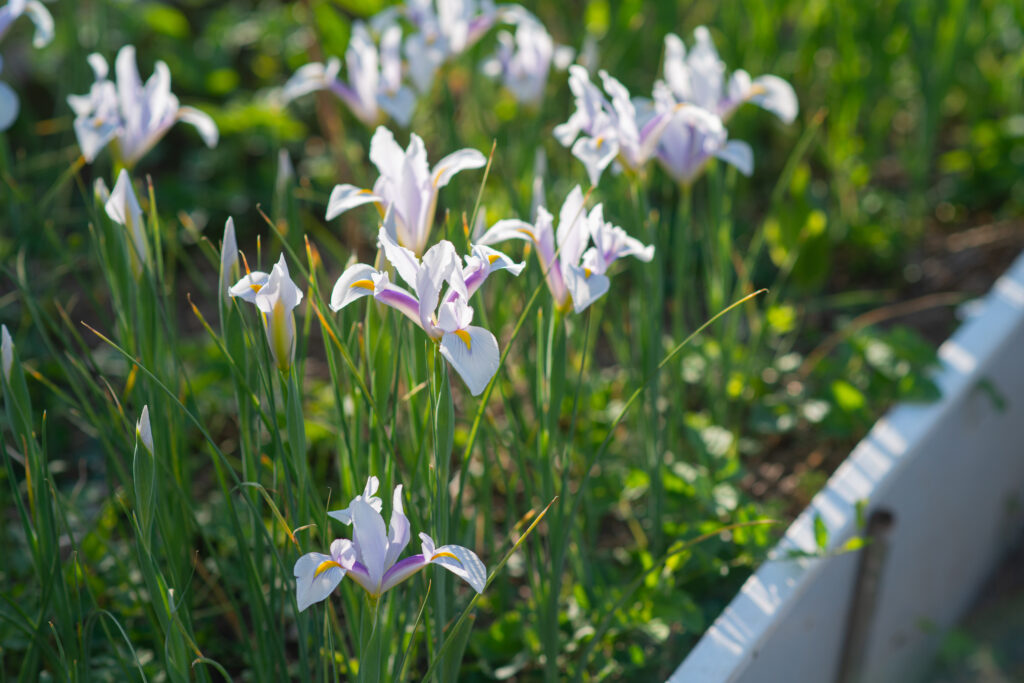Your cart is currently empty!
Category: Flowers
-
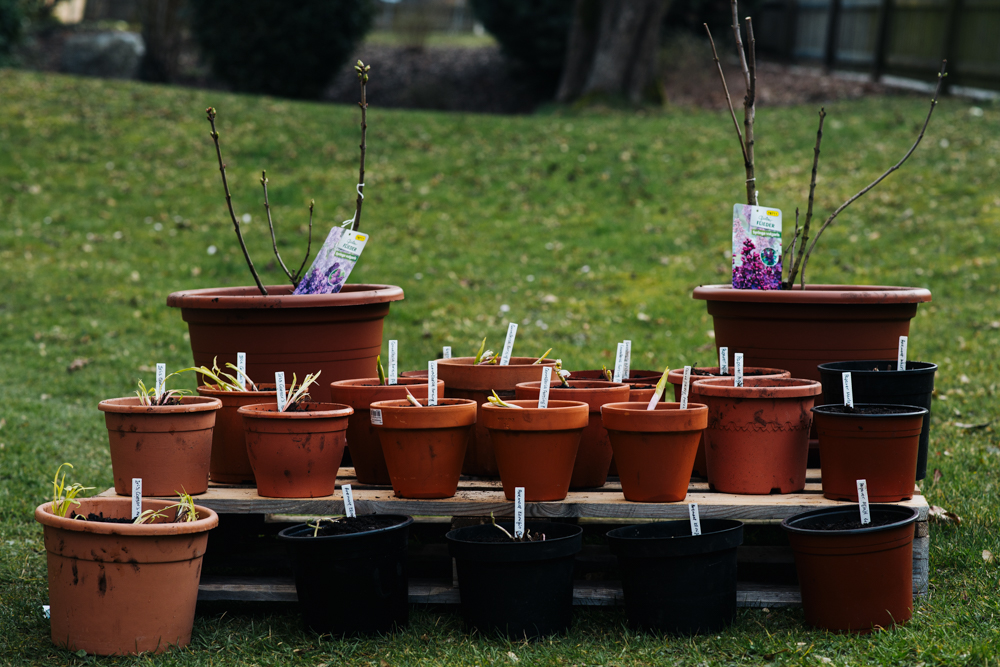
Perennials
Perennials are an important part of the plant world because they have unique characteristics that allow them to survive adverse conditions and delight with their beauty or usefulness for many years. They do not die after one cycle of flowering and fruiting, like annual or biennial plants, and are able to survive several growing seasons.
Main characteristics of perennial plants
- Long life cycle: Can live for decades or even centuries
- Ability to overwinter: Most often, perennials have underground organs (rhizomes, bulbs, tubers) that are preserved in winter, and in the spring the plant grows back
- Diversity of speciesAmong them are herbs, shrubs and trees.
- Easy to care for: They require less effort in terms of planting and replanting, as they do not need annual sowing.
Perennials are widely used in gardening due to their ability to decorate the garden for a long time without the need for annual replanting.
Perennials are a large group of plants, in the wild perennials form the basis of most ecosystems, including forests and steppes.
Examples of perennial plants:
- Flowers: peonies, irises, lilies, roses, lilies of the valley
- Shrubs: lilac, currant, rosemary
- Trees: oak, maple, apple.
- Vegetables: asparagus, rhubarb.
- Herbs: mint, lemon balm, thyme.
Benefits of Growing Perennials
- Durability: Once planted, they can live for years without replanting.
- Saving time and resources: Do not require annual sowing
- Variety of colors and shapes: Perennials offer a wide variety of plants for any type of garden.
- Winter hardiness: Many of them are adapted to harsh winters
- Pest resistance: Often less susceptible to disease than annuals
Planting perennials
- The best time to plant perennials is spring or fall.
- It is necessary to take into account the plant's preferences for sun, shade and soil type.
- Soil preparation:
- Dig the area to a depth of 10 to 30 cm, depending on the type of plant, remove weeds and add organic fertilizers.
- Digging a hole:
- The hole should be slightly wider and deeper than the root ball of the plant.
- Planting:
- Position the plant so that the root collar (the place where the stem meets the roots) is at ground level.
- Cover the roots with soil, tamp lightly and water.
- Distance between plants:
- Allow enough space for growth, usually between 20 and 50 cm, depending on the plant species.
Caring for perennial plants
- Watering
- Regular watering is necessary in the first year after planting. Once established, most perennials become drought-resistant.
- Top dressing
- In spring, it is recommended to use nitrogen-rich fertilizers for active growth.
- In autumn, phosphorus and potassium fertilizers are suitable for strengthening the root system.
- Trimming
- Faded flowers and dead leaves should be removed promptly to stimulate further growth.
- In the spring: Remove old foliage and dead stems to encourage growth.
- In summer: Cut off faded flowers to prolong flowering.
- In the fall: Prune the above-ground portion of herbaceous perennials (if necessary).
- Wintering
- To protect against frost, plants can be mulched, covered with spruce branches or agrofibre.
Tips for Successful Growing
- Renew your plantings regularly:
- Some perennials (such as irises) require division every 3 to 5 years to maintain health and abundant flowering.
- Mixed plantings:
- Combine perennials with different bloom times for a continuous decorative effect.
- Protection from pests and diseases:
- Prevention: observe crop rotation, remove plant debris in the fall.
- Use biological or chemical agents if necessary.
We wish you successful planting! May your garden delight you with its beauty and lush flowering!
We will be happy to answer your questions if any. Just leave your comment below the article.
-
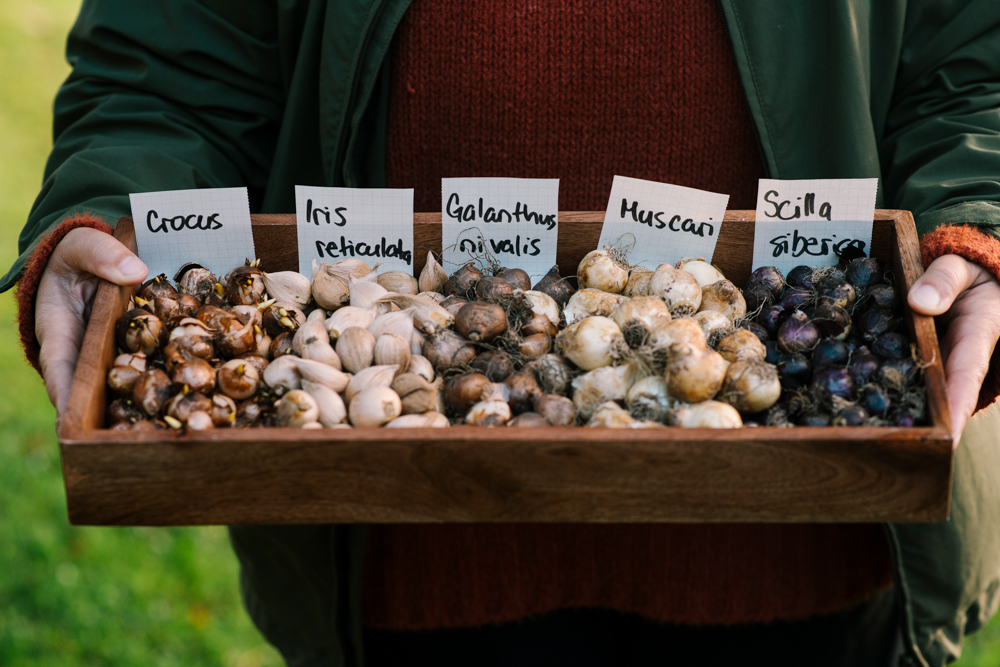
Planting bulbous plants
Spring bulbs are a group of plants that bloom in spring and reproduce by bulbs. Their peculiarity is that they have an underground organ - a bulb, which accumulates nutrients and allows plants to survive unfavorable conditions, such as winter or drought. Spring bulbs are usually the first to bloom, decorating gardens with bright colors.
Examples of spring bulbous plants:
- Tulips
- Daffodils
- Hyacinths
- Crocuses
- Muscari
- Bluebells
- Pushkinia
- Irises reticulata
These plants are easy to grow. Their bulbs are usually planted in the fall so that they have time to root before winter and bloom in the spring. They prefer well-drained soil and sunny areas.
Autumn
When purchasing bulbs, make sure they are healthy, i.e. have no signs of mold or other damage.
Always unpack purchased bulbs and store them in a cool, dry place.
Spring
When the bulbs have finished blooming, cut the stems off at the base. This action helps to gather the life force in the bulbs so that your flowers will appear in full glory next spring.
Allow the leaves and stem to wilt and dry naturally. Then you can remove them.
The bulbs themselves can overwinter and naturalize in the ground, returning each year even more beautiful.
Planting
Landing time September - December Plant type Perennials Companion plants Roses, shrubs, fruit trees Peculiarities Suitable for growing in pots; suitable for cut flowers (except miniature species); attractive to bees and other insects All types of bulbous plants (except double tulips) presented in our assortment are suitable for naturalization (propagation by natural means), i.e. they can be planted directly into the grass throughout the garden, thus creating a meadow effect, or planted in groups of 7-10 bulbs to create an attractive flowerbed.
Plant
Planting depth
Distance between bulbs
Place in the garden
Flowering time
Dutch Iris
10 cm
5 cm
Sun
May/June
Iris Reticulata
5-10 cm
5 cm
Sun/Penumbra
February/March
Muscari
10 cm
5 cm
Sun/Penumbra
March/April
Narcissus
10-20 cm
15 cm
Sun/Penumbra
February/April
miniature narcissus
10-15 cm
8 cm
Sun/Penumbra
February/April
Puschkinia
8-10 cm
5 cm
Sun/Penumbra
March/April
Snowdrops
8-10 cm
5 cm
Sun/Penumbra
February/March
- Plant the bulbs with the pointed side up.
- Mark the planting site with a peg
- Water the bulbs generously after planting.
We wish you a beautiful and bright spring garden!
We will be happy to answer your questions if any. Just leave your comment below the article.
-
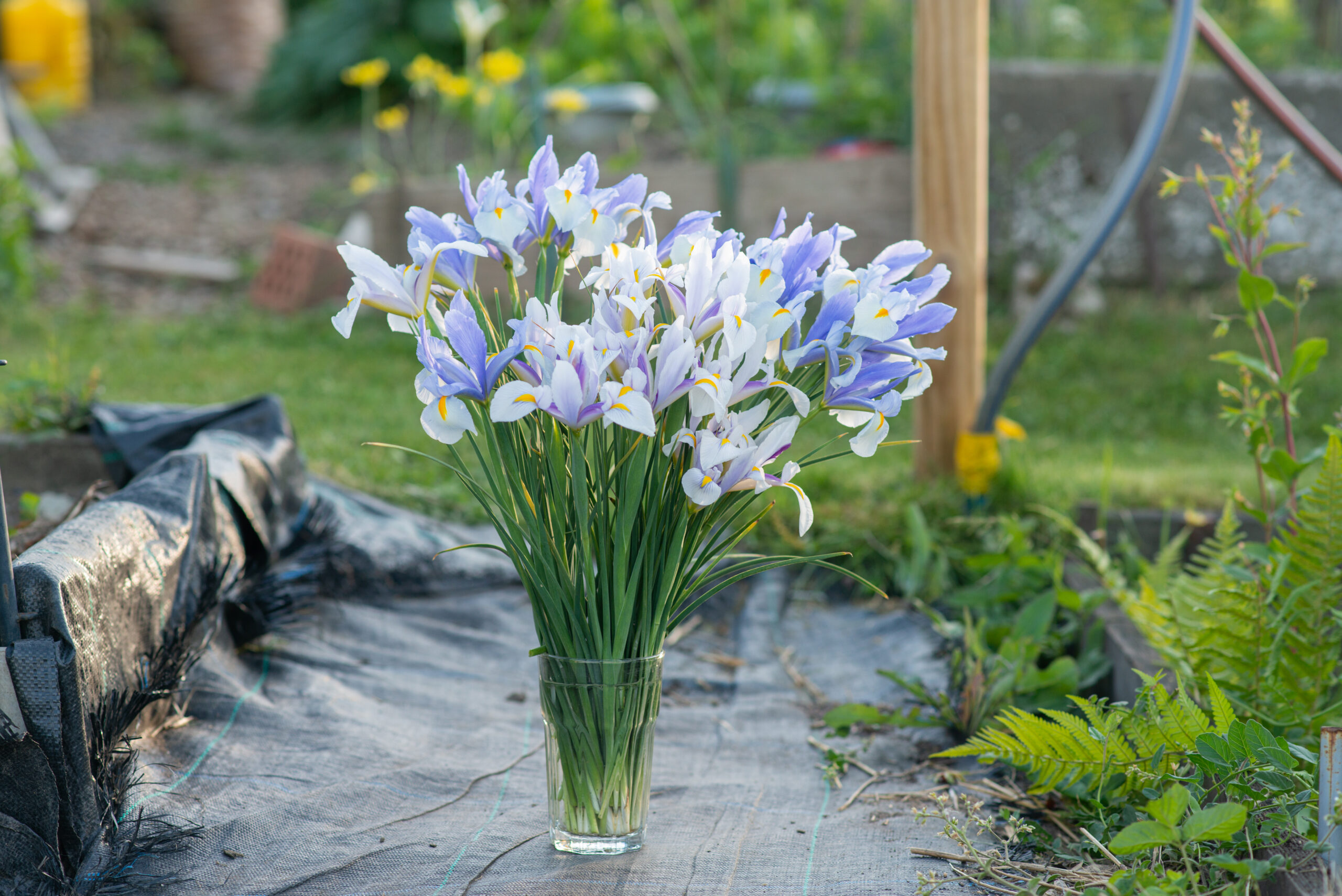
Dutch iris
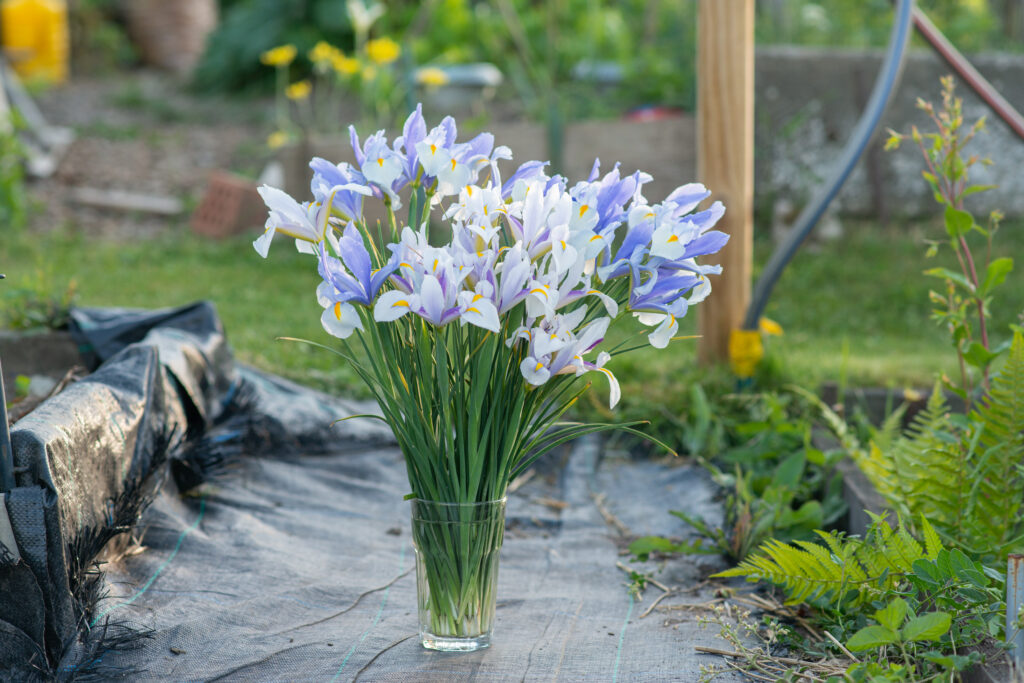
The Iris family is a diverse group of flowering bulbous plants.
There are several species of bulbous irises in this group from dwarf reticulated irises to tall Dutch irises and another species, bearded irises with large fleshy rhizomes.
Originating from various regions including Europe, Asia and North America, these perennials have enchanted gardeners for centuries with their stunning blooms and unique structure. Color palettes range from white and yellow to all shades of purple and pure blue, and all color combinations in between. There are varieties of solid colors and many with bright markings on the drooping leaves.
IRIS x HOLLANDICA
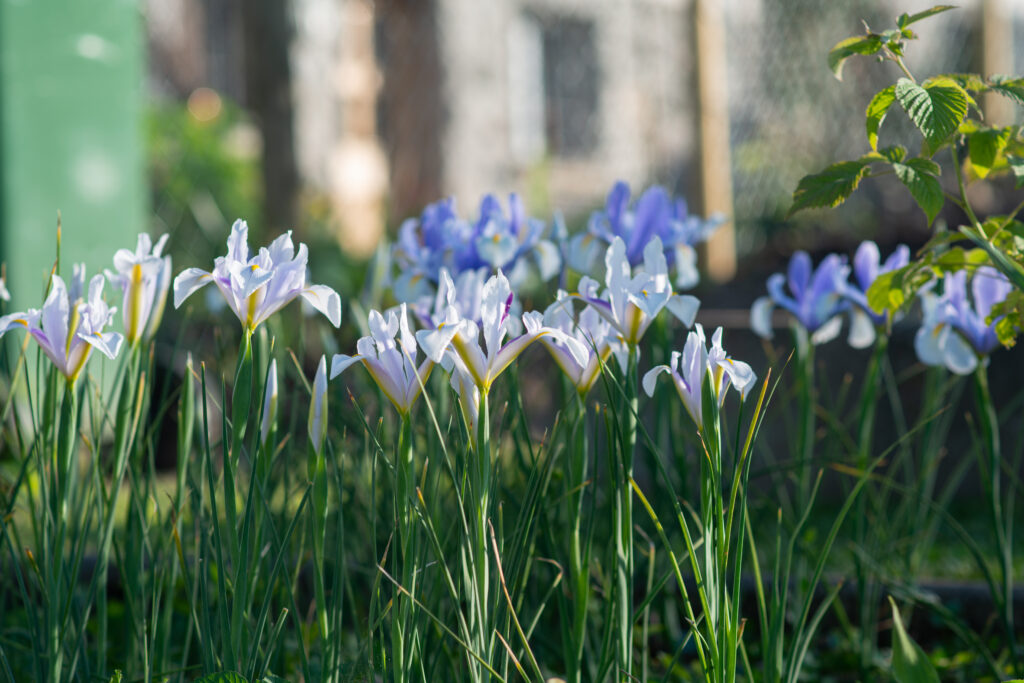
Dutch iris botanically called Iris x hollandica (Dutch Iris), was originally grown mainly as a cut flower and was created by crossing different species in the 19th century. The varieties developed by the famous Van Tubergen flower bulb nursery in the Netherlands were pioneering.
Dutch Iris flowers have become so beloved by gardeners that they are now increasingly common in gardens.
PLANTING
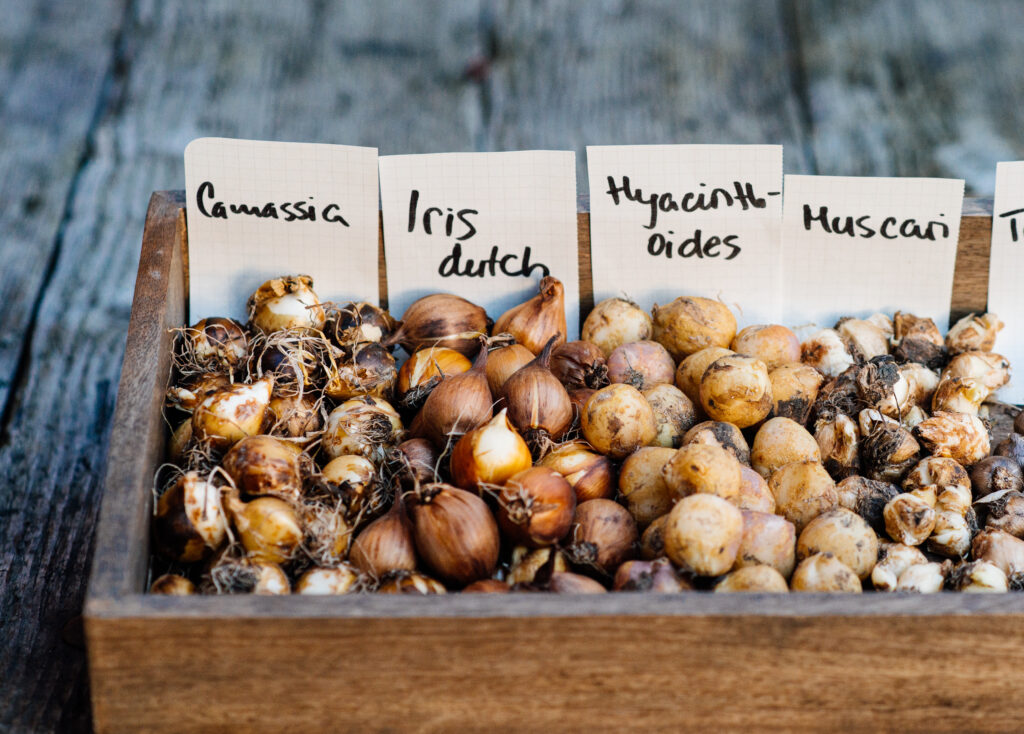
Iris bulbs are planted in the garden in the fall, from October to November, so that they have time to put down roots before the winter cold sets in.
It is not recommended to plant bulbs earlier, otherwise the young leaves that have broken through in early spring may freeze.
Iris bulbs grow well in any ordinary garden soil.
The place for planting should be chosen light, completely open to the sun.
Because irises originated from drought-loving wilderness, the soil must be well-drained.
Iris bulbs are hardy, can tolerate low temperatures and adapt to different climates, making them a versatile choice for a variety of garden conditions.
Plant bulbs at a depth of 10 centimeters with a distance from bulb to bulb of 10 centimeters.
Dutch iris is easy to grow in pots. A drainage layer laid on the bottom of the pot will not be superfluous.
All Iris species are fairly reliable in flowering. Dutch Iris can often fail to return the following year if they lack light.
The Dutch iris is a friendly plant. It looks more spectacular in the garden and grows best in groups if the bulbs are planted in bunches.
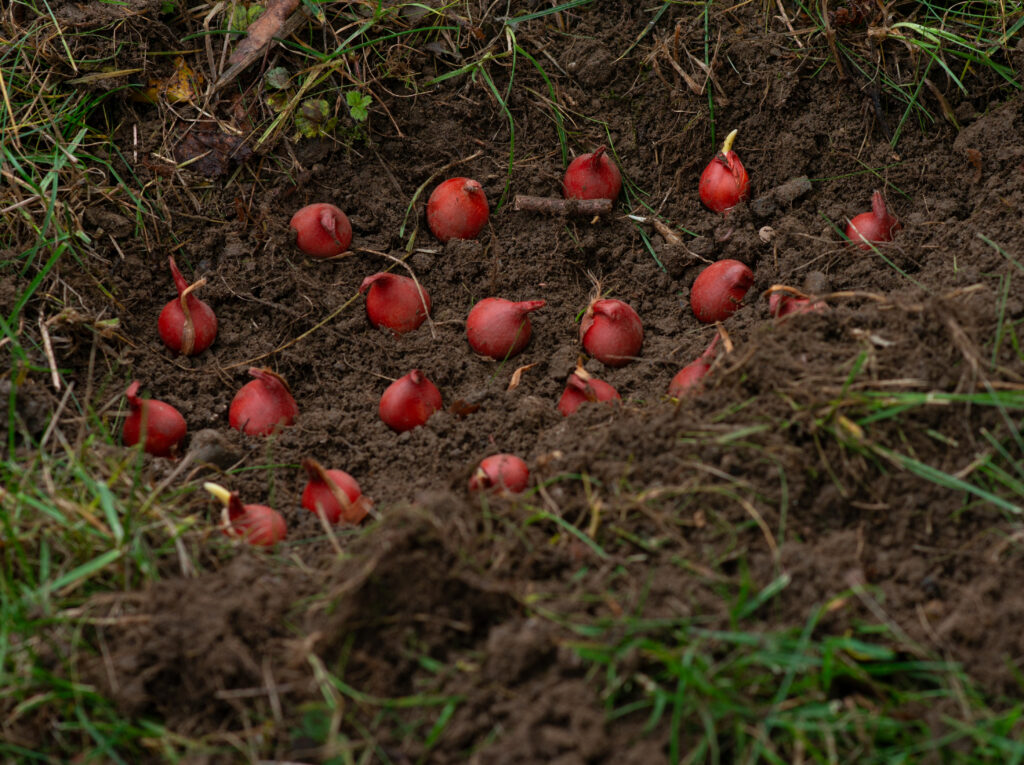
BLOOMING
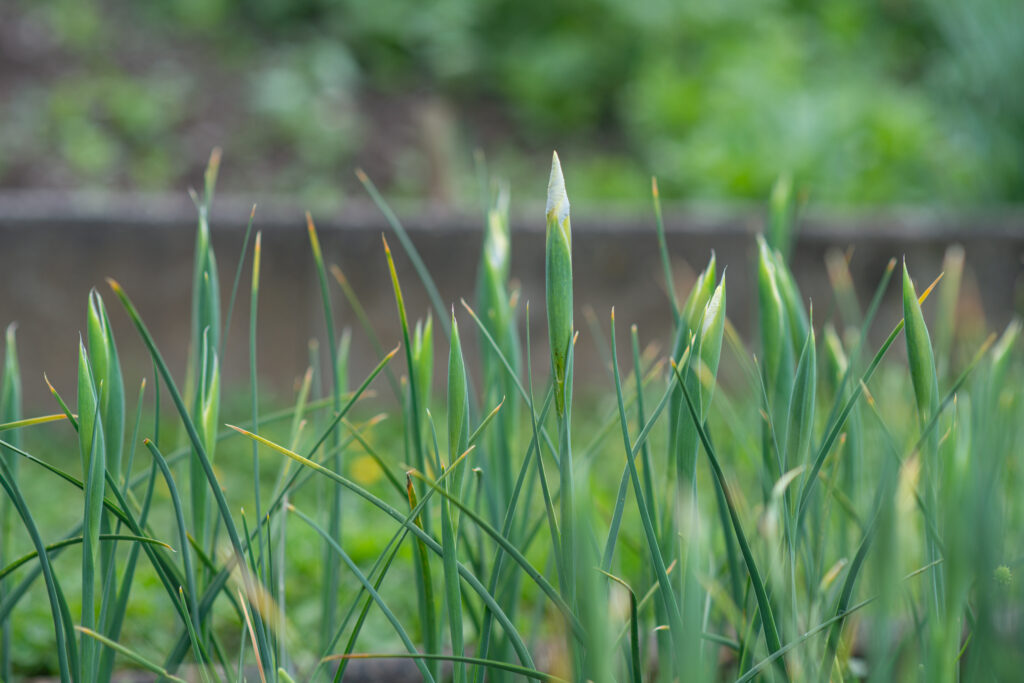
Dutch Iris, Dutch Iris is a late-flowering bulbous plant that blooms from late May through July, just after daffodils and tulips bloom.
Growing 45 to 60 centimeters tall, they are ideal for cutting.
MAINTENANCE
Iris bulb care includes regular watering, especially during dry periods, and a balanced fertilizer application in spring to maintain healthy growth and bright blooms. Mulching around the plants will help retain moisture and regulate soil temperature.
PROPAGATION AND PROTECTION
Dutch irises are propagated by bulbs. After the flowers have fully bloomed and the leaves have yellowed and shriveled, carefully, using a pitchfork, dig the clumps with bulbs out of the ground, divide and transplant them to another place in the garden. Bulbs can be divided and replanted every two to three years.
During the growing season, Dutch irises need plenty of moisture. As soon as the leaves turn yellow, the bulbs can be removed from the ground and stored in a dry place until the new planting date in the fall or late autumn. In favorable locations, they are left in the ground.
In very cold regions, cover the bulb planting sites and sprouted leaves too early, e.g. with spruce branches. Bulbs cannot tolerate standing winter moisture.
When planting, it is important to take care and protect the bulbs from mice and other rodents.
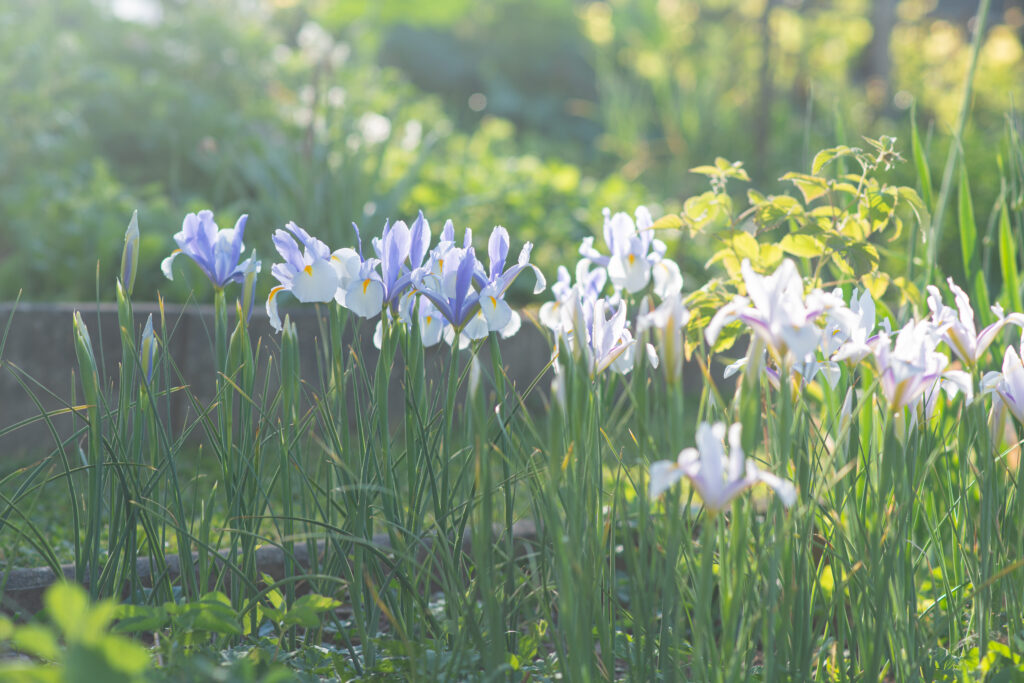
Dutch Iris Silvery Beauty
Dutch Iris Carmen
-
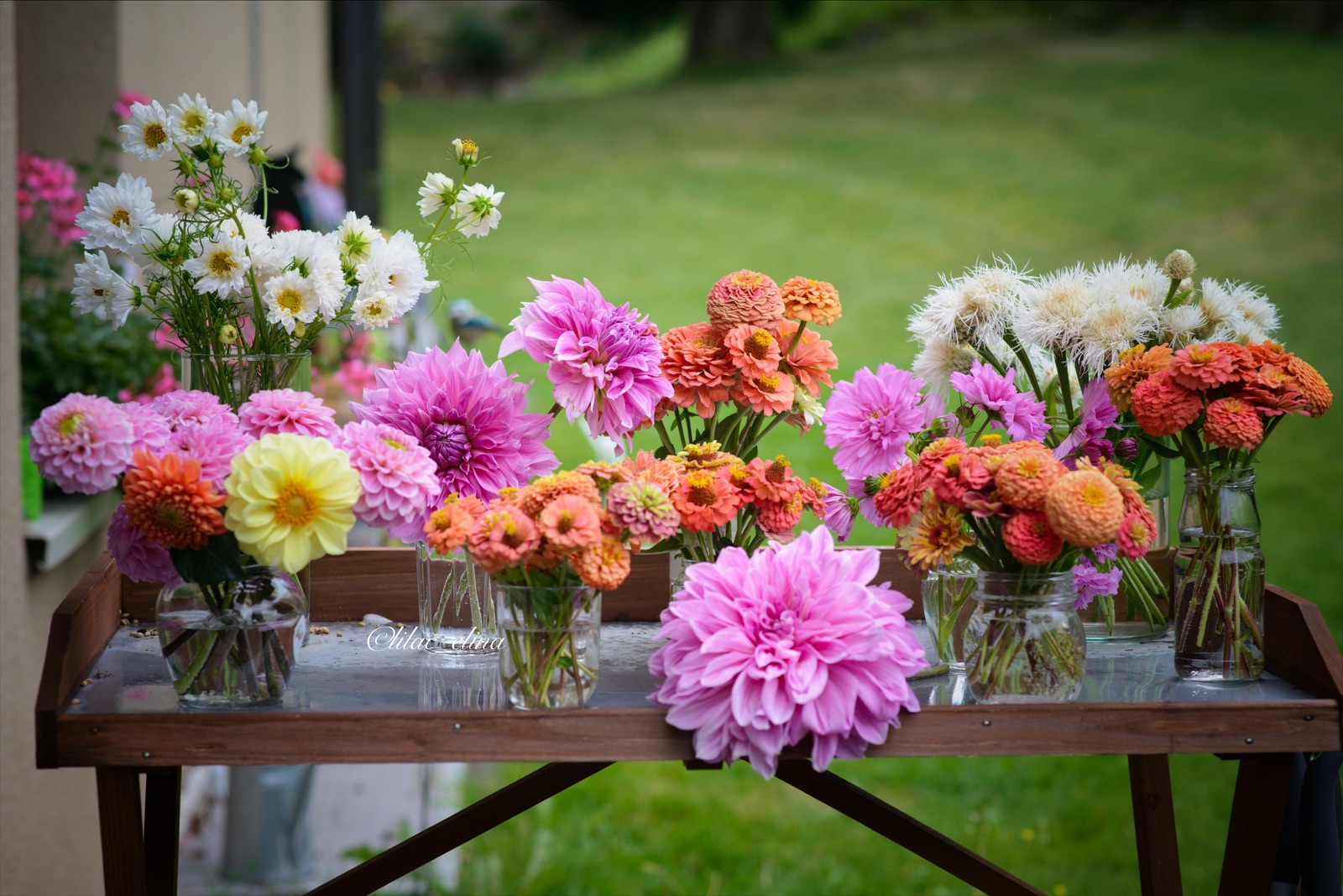
About Dahlias
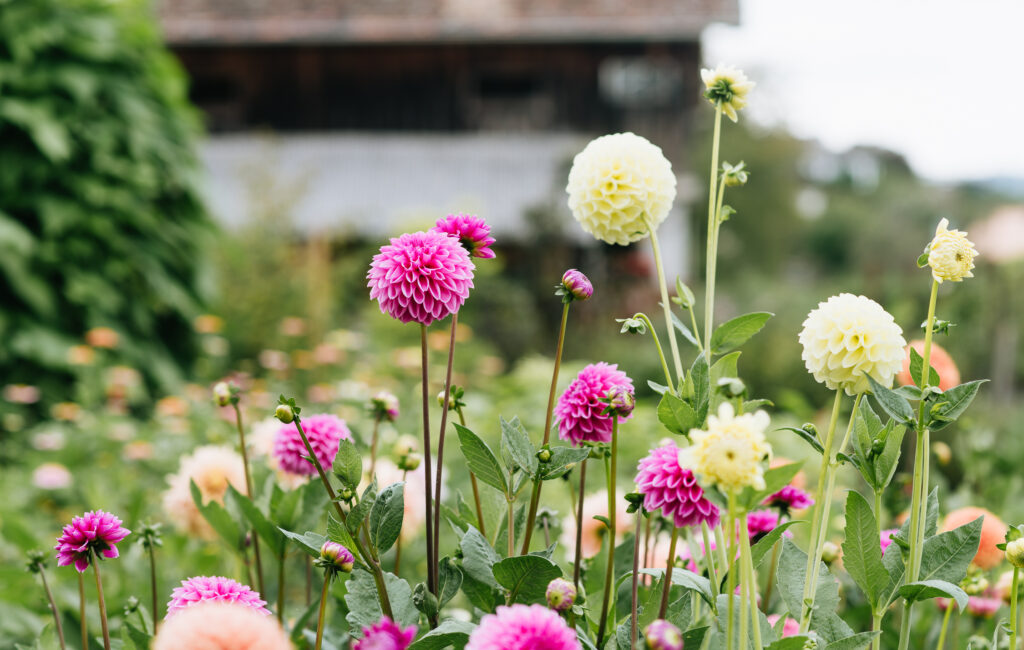
The homeland of dahlias is Mexico and Guatemala. Dahlias came to Europe in the 18th century and received two names. The Latin name DAHLIA was named after the famous Swedish botanist Anders Dahl. In Russia, the flower was called Dahlia in honor of the professor of the St. Petersburg Academy Johann Gottlieb Georgy, a botanist and geographer.
PLANTING
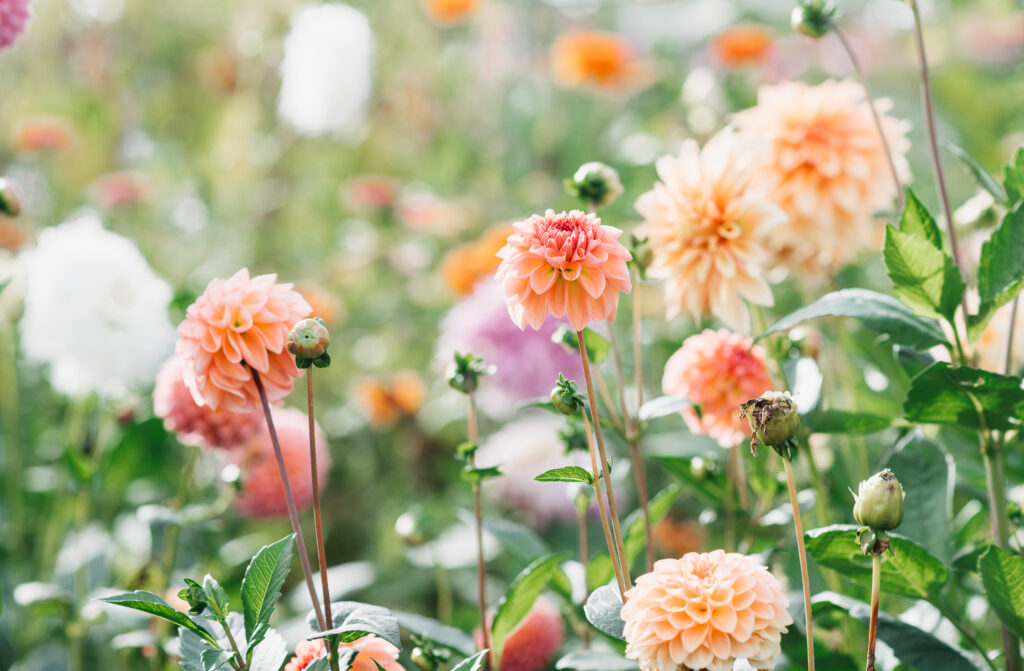
Dahlia bulbs are planted in the spring, after the last frosts have passed. Dahlias love warmth. When planting, choose the sunniest spot, provide a good water supply, but do not overwater and make sure that the soil does not dry out. It is best to water the plants late in the evening or early in the morning.
Plant the tubers at a depth of 10 cm and leave a distance of 30-40 cm between the tubers.
MAINTENANCE
Protect your plants from snails and slugs, which are particularly fond of the young leaves of dahlias. I have found an ecological method that has proven effective against these pests. I sprinkle shavings around the bulbs and place halved garlic cloves on top, which I refresh regularly. You can also apply garlic oil to the stems and shoots.
I don't use any special fertilizers for dahlias. When planting, I mix granulated cow's milk into the soil. manure.
As many gardeners know, pinching is essential if you want strong, long stems and abundant flowering. Dahlias are among the plants that require pinching at the tips of the shoots. When the plants reach 20-30 cm in height, use sharp pruning shears to cut off the top of the plants above the first or second row of leaves. This encourages branching, which in turn leads to more flowers and strong, long stems.
As they grow, Dahlias reach considerable size and have heavy flowers. Use supports to keep your plants upright during flowering and during adverse weather conditions.
FLOWER PICKING
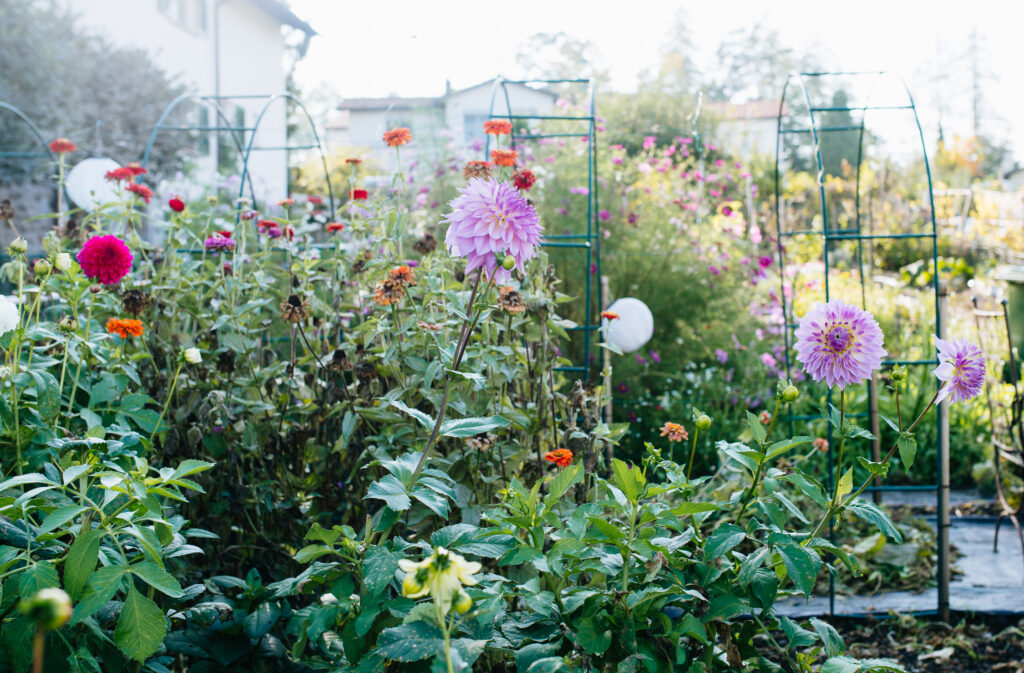
Dahlias bloom from midsummer until the first frost. Cut mature flowers regularly for your bouquets. This encourages more flowers to form. The best time to cut flowers is when it is relatively cool: early in the morning or late in the evening; when the flowers are fully open but the center has not yet been pollinated by insects. Then they can last a little longer in a vase.
DIGGING AND STORING TUBERS
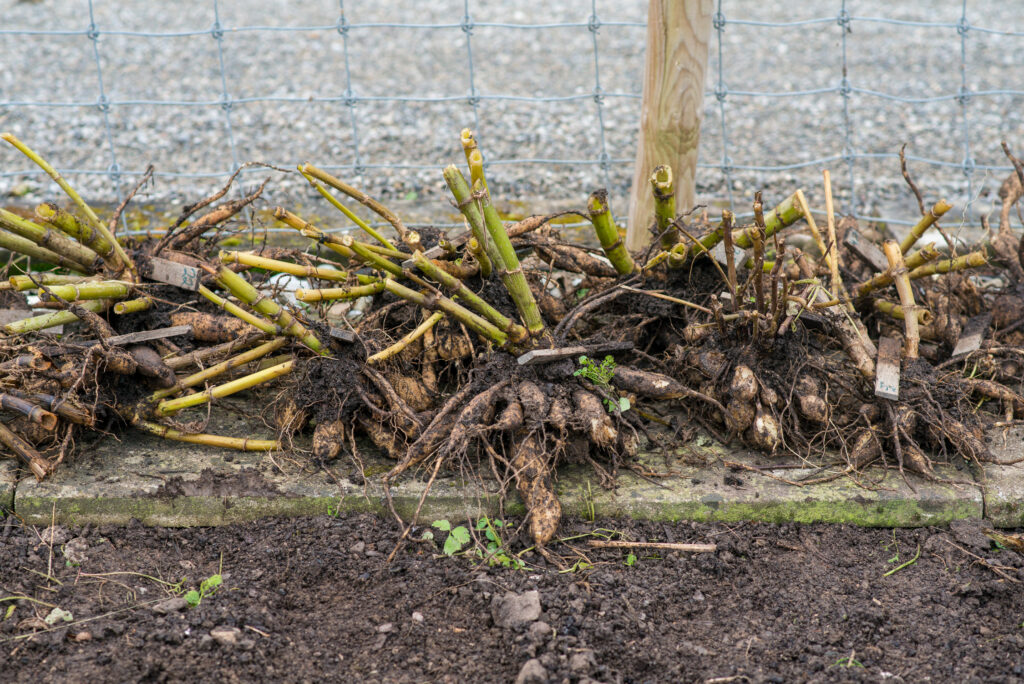
Dig up dahlia tubers with the first frosts (we dug them up in early November). Carefully loosen the soil with a pitchfork, lift and remove the tubers from the soil. Shake off the remaining soil from the tubers (we wash the tubers, but this is not necessary). Let the tubers dry, wrap each one in newspaper, sprinkle with shavings or vermiculite and put away for winter storage. It is best to store tubers at a temperature of +4-+10 C, in a cool, dry room. Do not forget to write down the names of the varieties when storing - this will make it easier for you to identify the varieties next year.
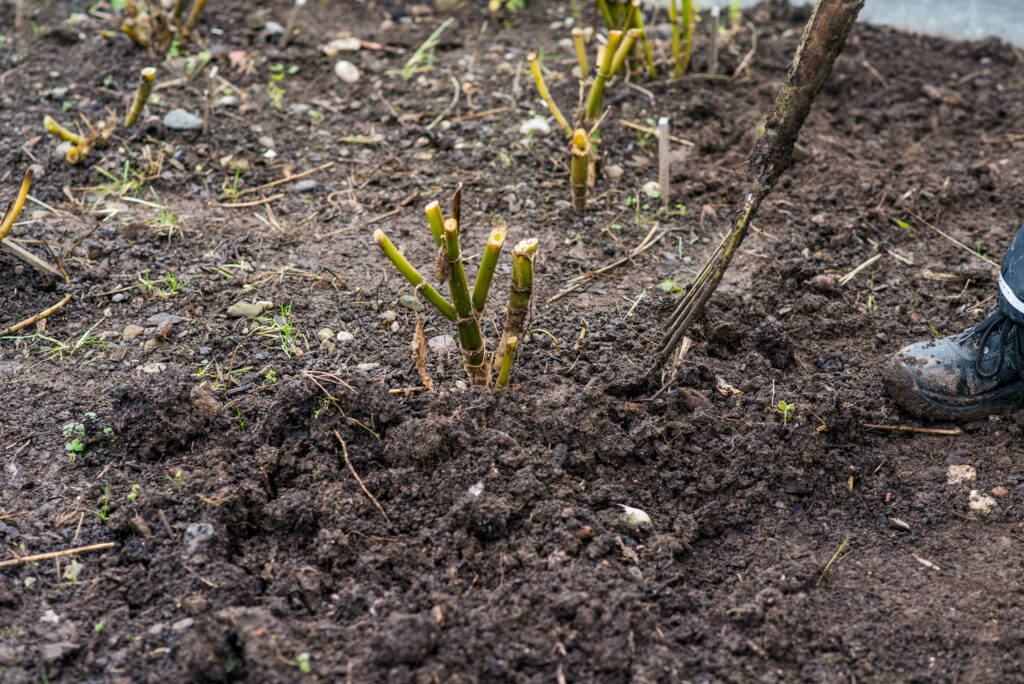

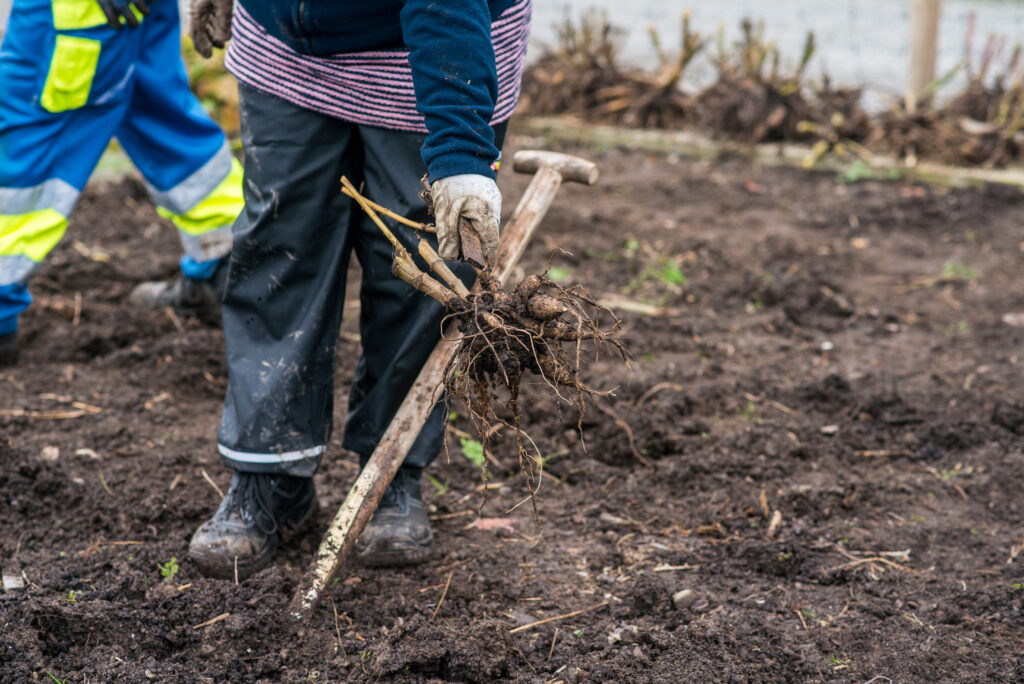
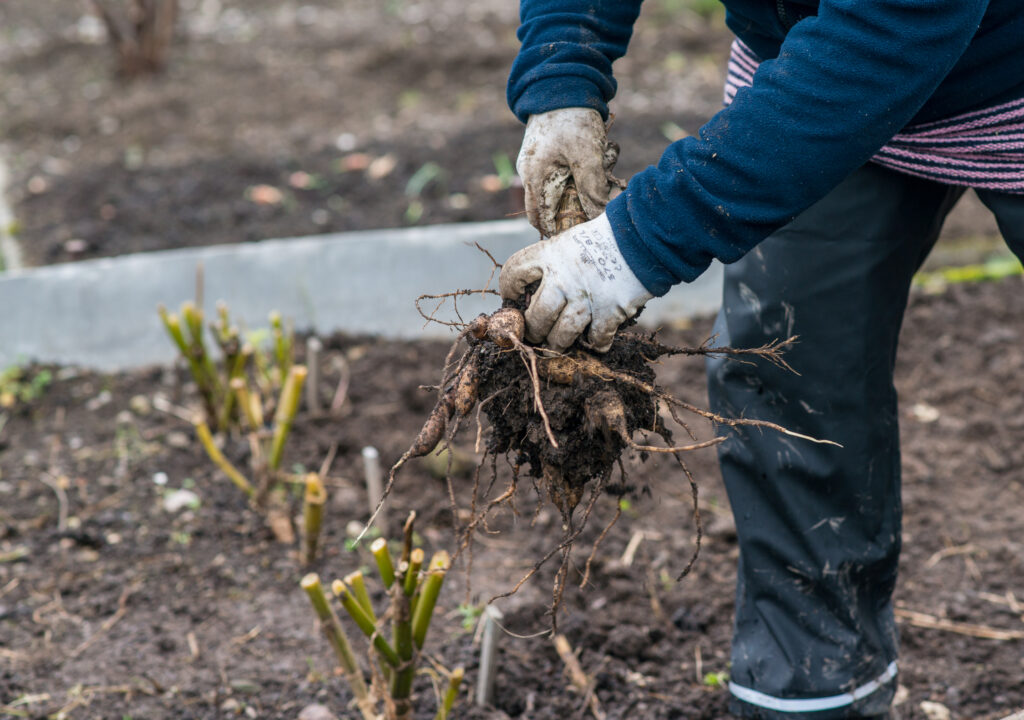
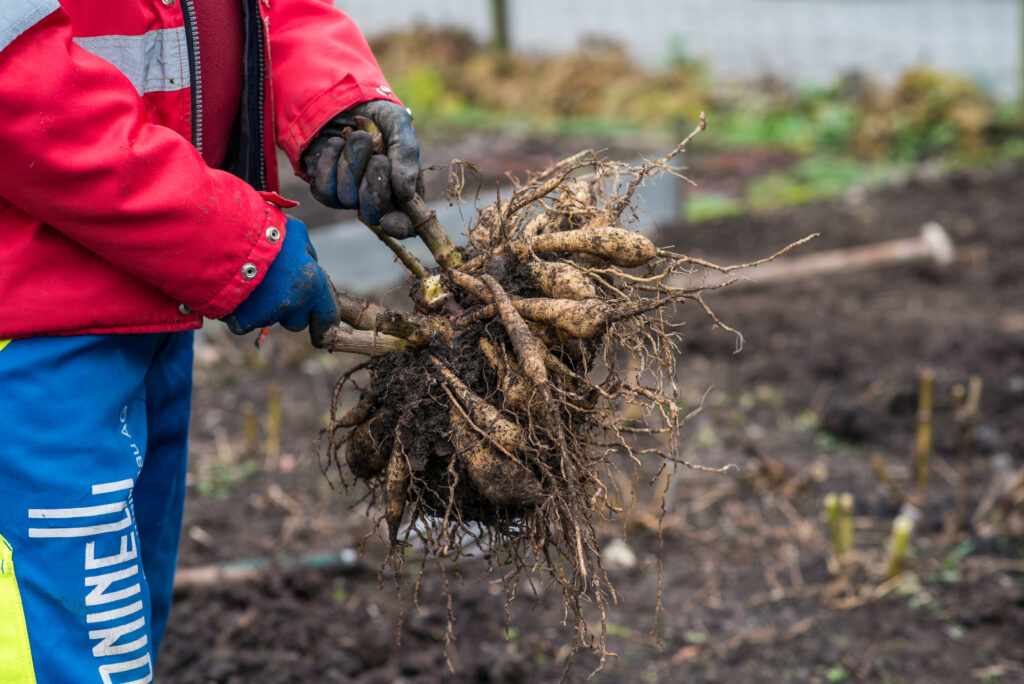
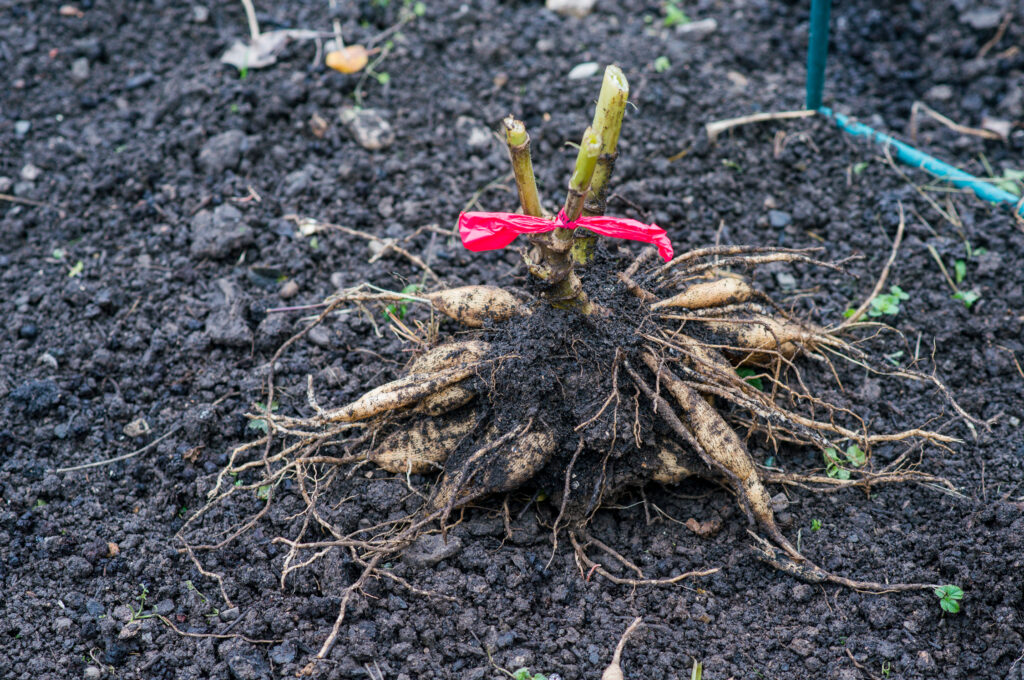
Good luck with your dahlias!
We will be happy to answer your questions if any. Just leave your comment below the article.
-
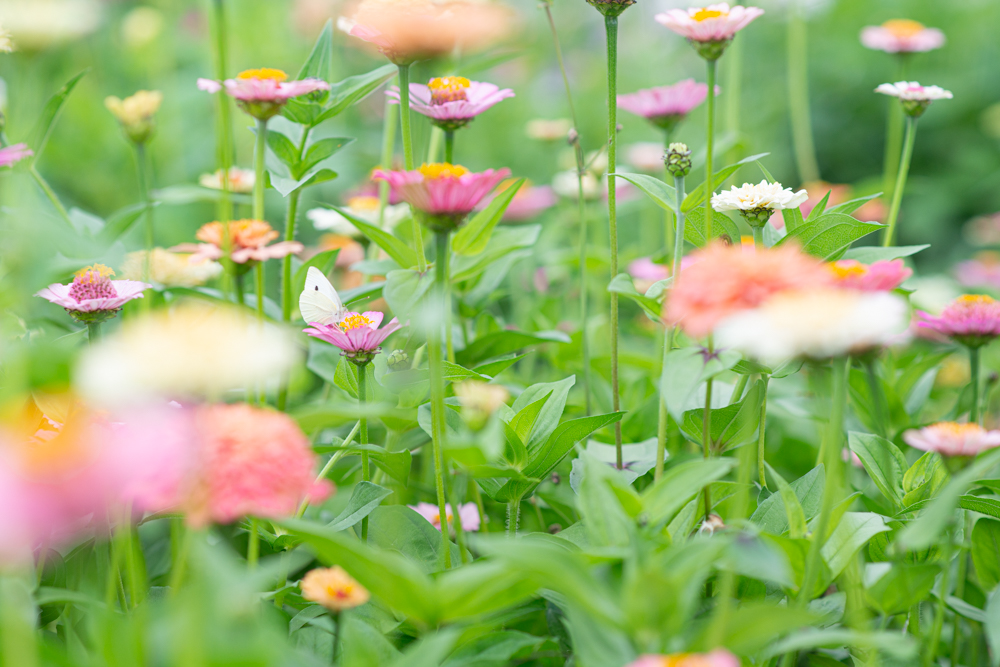
Professional premium quality rare variety rare flower seeds for your garden
We mainly specialize in easy-to-grow, easy-to-care-for varieties of flowers that are also ideal for cut flowers.
These flowers grace our gardens year after year. As cut flowers, they are the real gems of bouquets.

A bouquet of zinnias 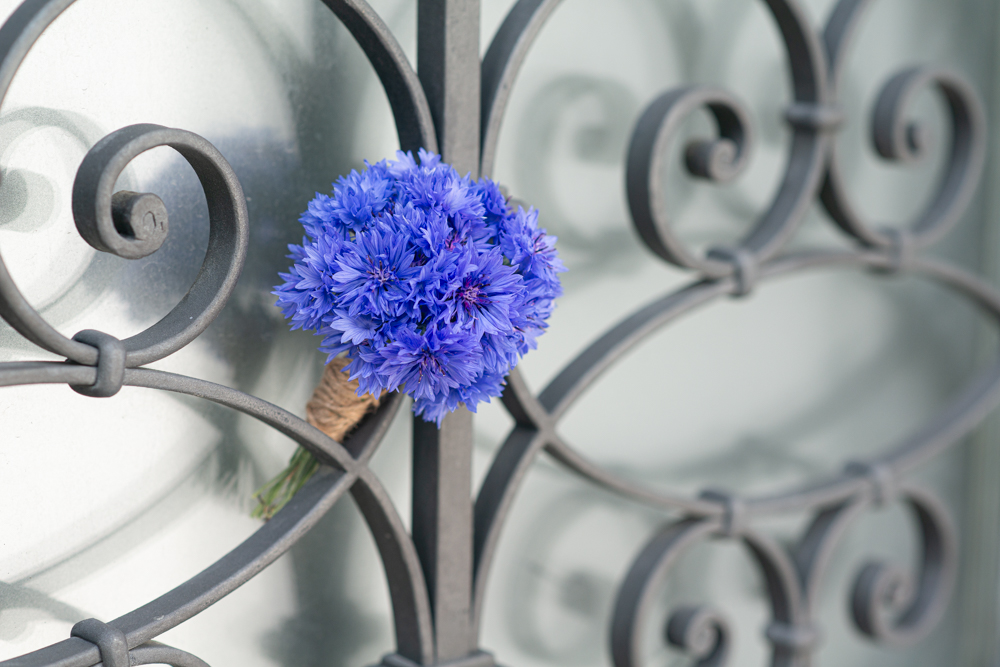
A bouquet of cornflowers 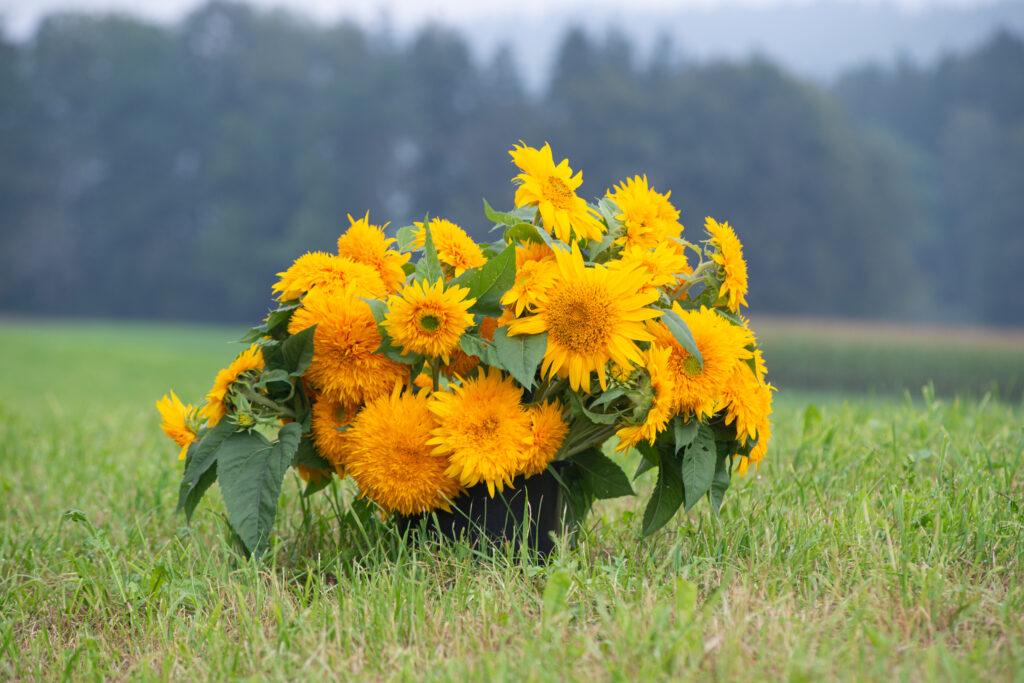
A bouquet of sunflowers 
A bouquet of cosmos 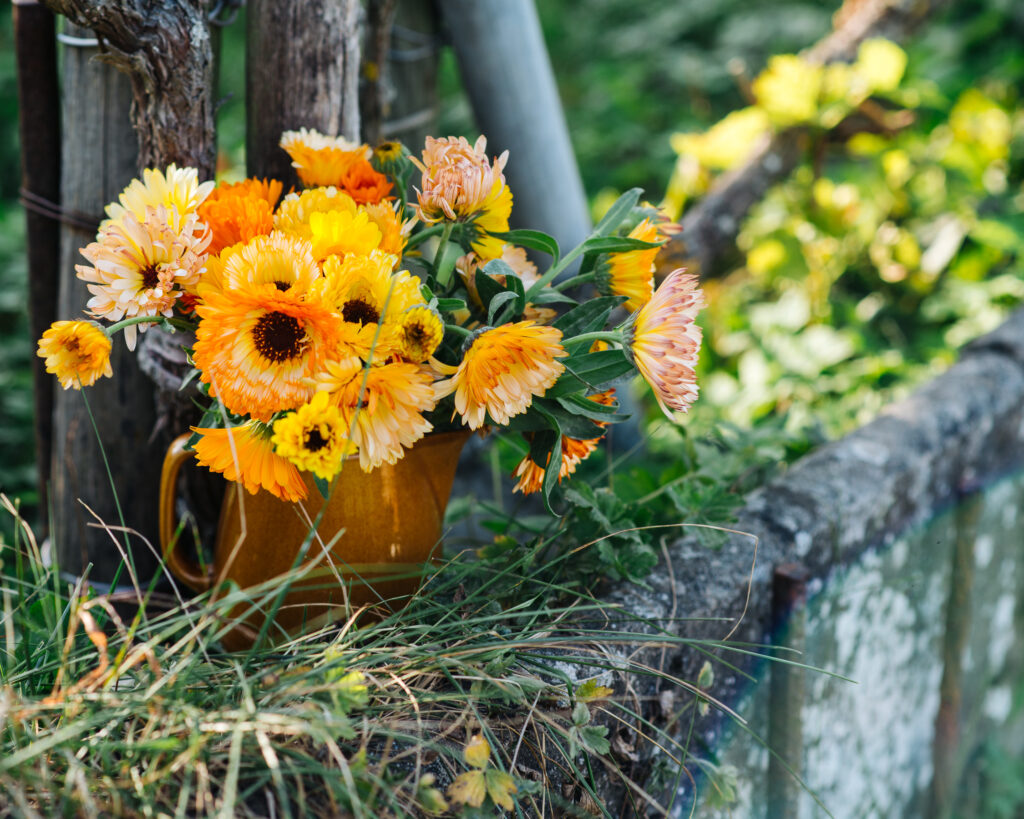
Marigold bouquet We share the view that everyone can grow their own garden and design it according to their own vision.
We are happy to be able to support you on the path to your dream garden with our online store and offer seeds of unique, not-so-common, beautiful flowers.
Seeds of these flowers - an unforgettable gift, because the received flowers will certainly remind of you to your family and friends and their enchanting beauty will encourage them to find or rediscover the joy of gardening.
All our flower seeds are
- high quality seeds with high germination
- We offer seeds of only those flowers with which we have had personal experience and can confirm the quality of the seeds from our own experience.
They grow from our seeds:
- flowers ideal for beginning gardeners
- easy to grow and care for flowers
- original varieties of flowers familiar from childhood
- flowers adored by beneficial insects
- flowers that look spectacular in the garden, ideal for bouquets
- many varieties belong to the group of flowers cut again and again, the more flowers you collect, the more new ones will bloom
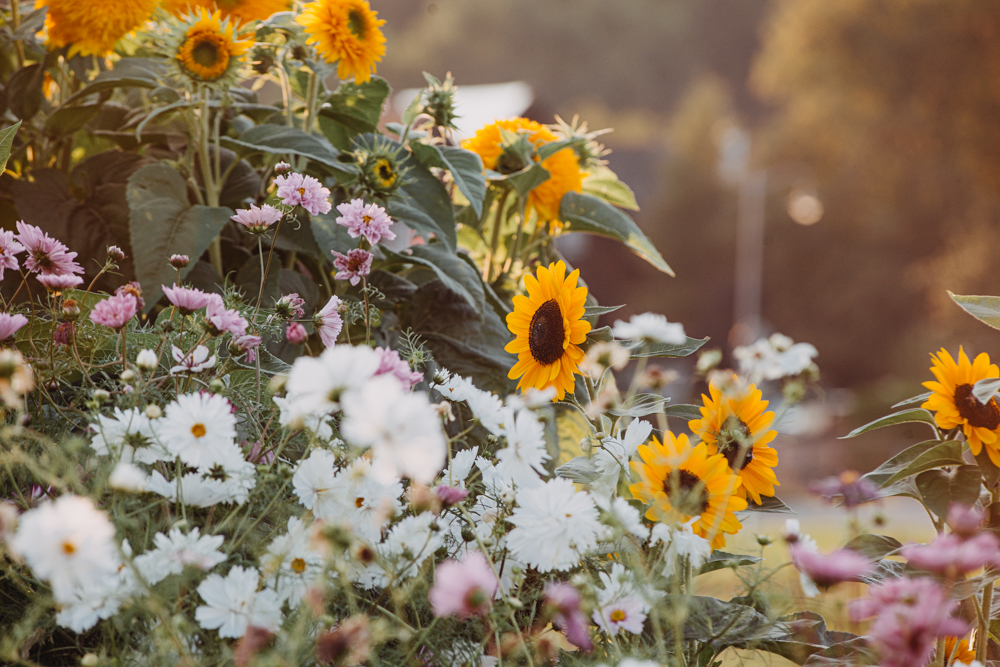
Such simple flowers as, amaranth, cornflowers, calendula, cosmos, sunflowers, zinnias will surprise you with atypicality of forms and variety of shades.
Once these flowers enter your garden, they will remain faithful companions because they will also hold a place in your heart.
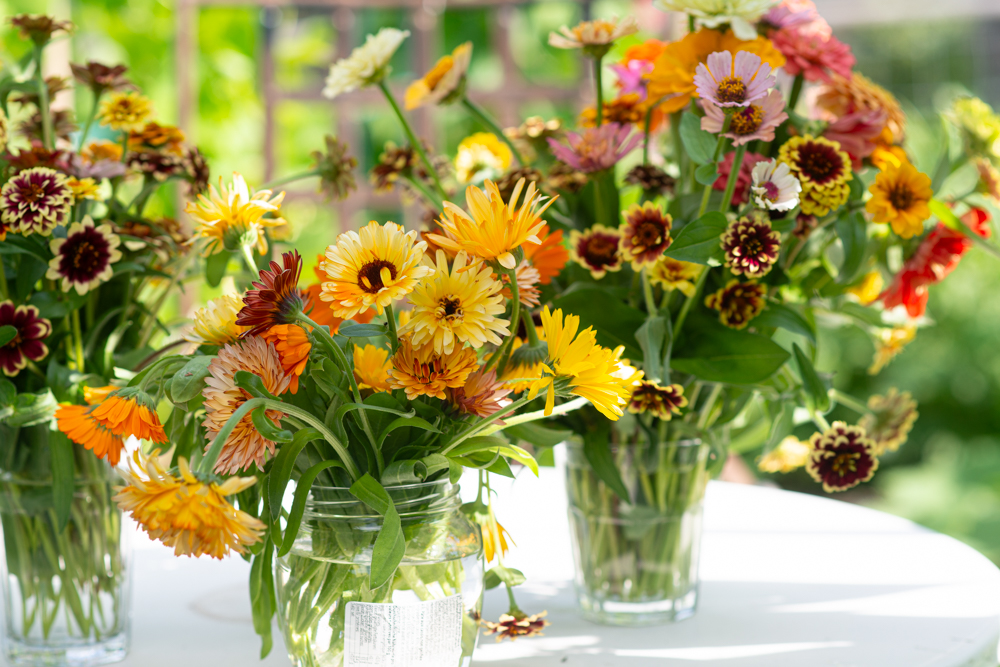
We wish you successful planting! May your garden delight you with its beauty and lush flowering!
We will be happy to answer your questions if any. Just leave your comment below the article.
* Blumenhof Engel accepts no liability for failure and/or damage resulting from incorrect and/or unqualified cultivation by or on behalf of the purchaser.

